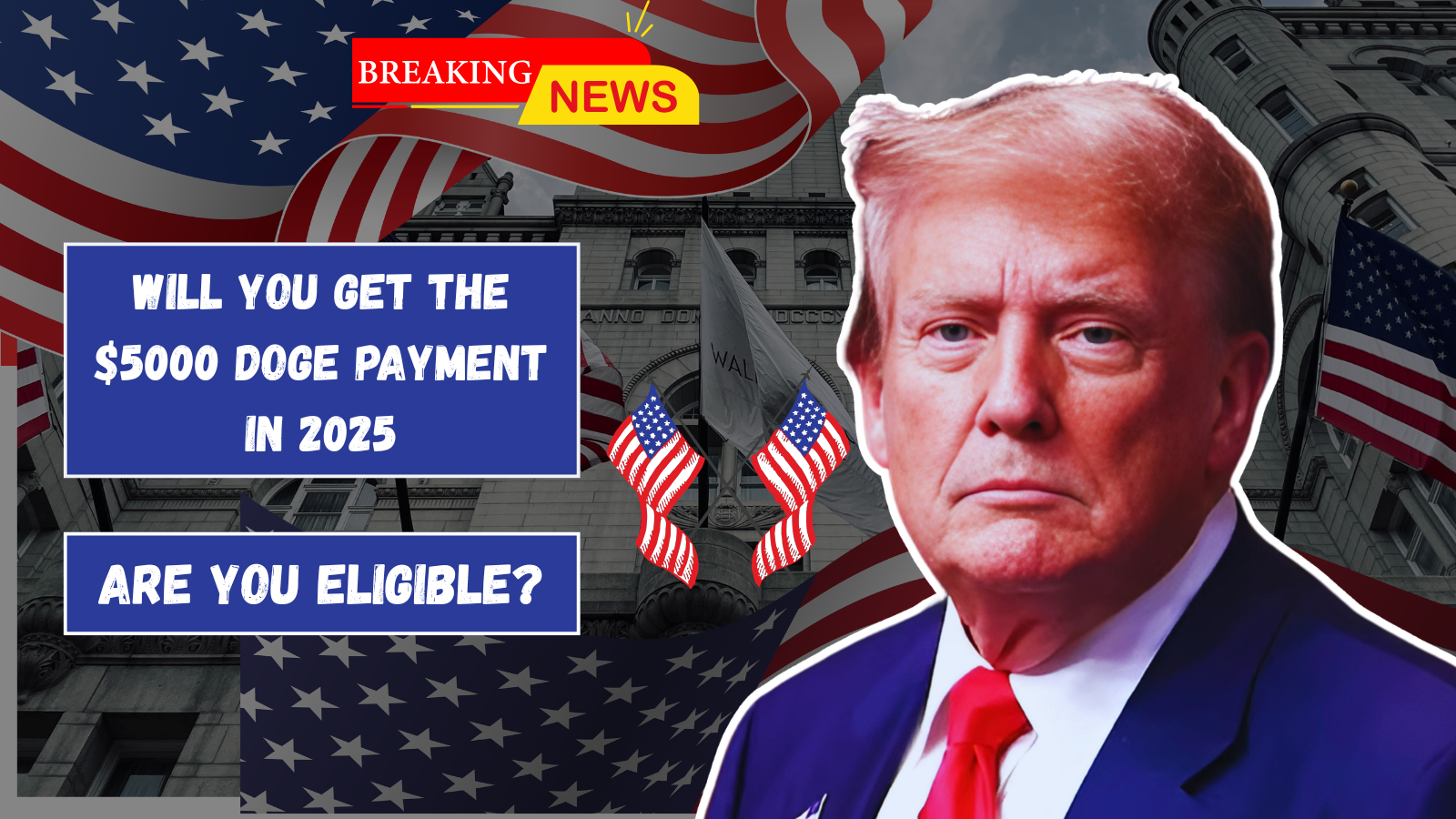Refers to a proposed stimulus check program that would distribute $5,000 payments to eligible American taxpayers. The proposal originated from James Fishback, CEO of investment firm Azoria, who suggested that 20% of savings generated by the Department of Government Efficiency (DOGE) be returned to taxpayers as direct payments.
The DOGE stimulus checks remain a proposed initiative and have not been approved by Congress or the White House. This is not a confirmed government program but rather a concept being discussed in political circles.
Understanding the Department of Government Efficiency (DOGE)
The Department of Government Efficiency, commonly known as DOGE, is a federal agency focused on reducing government waste and streamlining federal operations. DOGE works through various methods including asset sales, contract cancellations, fraud elimination, grant cancellations, and workforce reductions. As of May 2025, DOGE reported $165 billion in savings through agency closures, layoffs, and program cuts.
The $5,000 Payment Proposal Details
How the Plan Would Work
The proposal is based on the presumption that DOGE will achieve $2 trillion in cuts to government spending. By taking 20% of those total savings—approximately $400 billion—there would be room for around 79 million tax-paying households to each receive a $5,000 payment.
Key Features of the Proposal
Funding Source: The proposed $2 trillion budget would be funded through government savings, not new taxes or borrowing.
The DOGE proposal emphasizes rewarding taxpayers who contribute more than they consume in public benefits, marking a shift from needs-based stimulus to an incentive-based approach.
Distribution Method: Payments would be made via direct deposit or paper checks through IRS systems, with no application required as eligibility would be determined using tax return data.
Current Status and Congressional Approval
Legislative Requirements
To send the DOGE checks out, the Trump administration will need Congress’ approval. Congress must authorize any direct payments through formal legislation, including the introduction of a bill related to DOGE’s proposal.
Political Support and Opposition
While the proposal has political support among some lawmakers, it faces strong opposition from others who argue that redirected funds should go toward debt reduction or infrastructure. House Speaker Mike Johnson has stated that while it would be “great” politically, other priorities should come first.
Eligibility Criteria (Proposed)
Based on the current proposals, potential eligibility criteria include:
Tax Filing Status: U.S. taxpayers who filed a return in 2024 would be eligible.
Income Limitations: Income caps would likely mirror past COVID-era stimulus thresholds.
Federal Income Tax: Only households that pay federal income taxes would be eligible, according to the proposal.
Citizenship Requirements: U.S. citizens who have filed taxes in the past two years and meet income and benefit guidelines would qualify.
Who Would Not Qualify
No dependents or children would receive separate checks under the current proposal. The program may exclude the most vulnerable, including low-income families or those who do not file taxes.
Payment Dates and Timeline
No payment date has been set, as Congress still needs to introduce and pass legislation to make the DOGE stimulus official. Various sources have mentioned different potential timelines:
Earliest Projections: The earliest possible rollout is projected for July 2026, pending legislative approval and budget clearance.
Processing Timeline: Some sources suggest the government plans to start processing payments by March 2025, with funds reflecting in bank accounts between March 26 and March 29, 2025, though this appears to be speculative.
Challenges and Criticisms
Funding Feasibility: Experts question whether the DOGE initiative can generate enough savings to justify $5,000 payments, especially considering that initiatives like curbing immigration will require new or increased spending in other areas.
Legal Requirements: There’s no appropriation for this program, and spending money without Congressional approval would be illegal.
Current Deficit: When running $2 trillion deficits every year, critics argue that the government cannot give away more money in stimulus checks.
Mathematical Reality
Even if DOGE meets its revised savings goal, the payout could be closer to $1,000 rather than the proposed $5,000. Recent statistics show a 5% increase in the federal deficit and a 7% rise in government expenditure, with the government borrowing $1.1 trillion in just five months.
How to Stay Informed
For accurate information, monitor official announcements from the Treasury Department or IRS. To track the real status of any potential stimulus payments, use verified sources.
Avoiding Scams
Americans should remain cautious and avoid scams that promise early access to any such payments. Those who are eligible can apply through the official DOGE.gov website, where updates on the application process will be provided.
The Bottom Line
The proposed $5,000 DOGE stimulus is not real—no legislation or funding exists. While the concept has gained significant attention on social media and among political figures, it remains a speculative proposal that would require Congressional approval and substantial government savings to implement.
The Department of Government Efficiency continues its work to reduce federal spending and eliminate waste, but until Congressional approval occurs, the DOGE stimulus check remains only a proposal—not a policy. Americans interested in this potential program should monitor official government channels for updates while remaining skeptical of any unofficial claims about payment dates or eligibility requirements.
Given the scale and novelty of the program, delays are likely, especially with ongoing debate over its fiscal and inflationary impacts. The proposal would need to overcome significant political, economic, and logistical hurdles before becoming reality.
